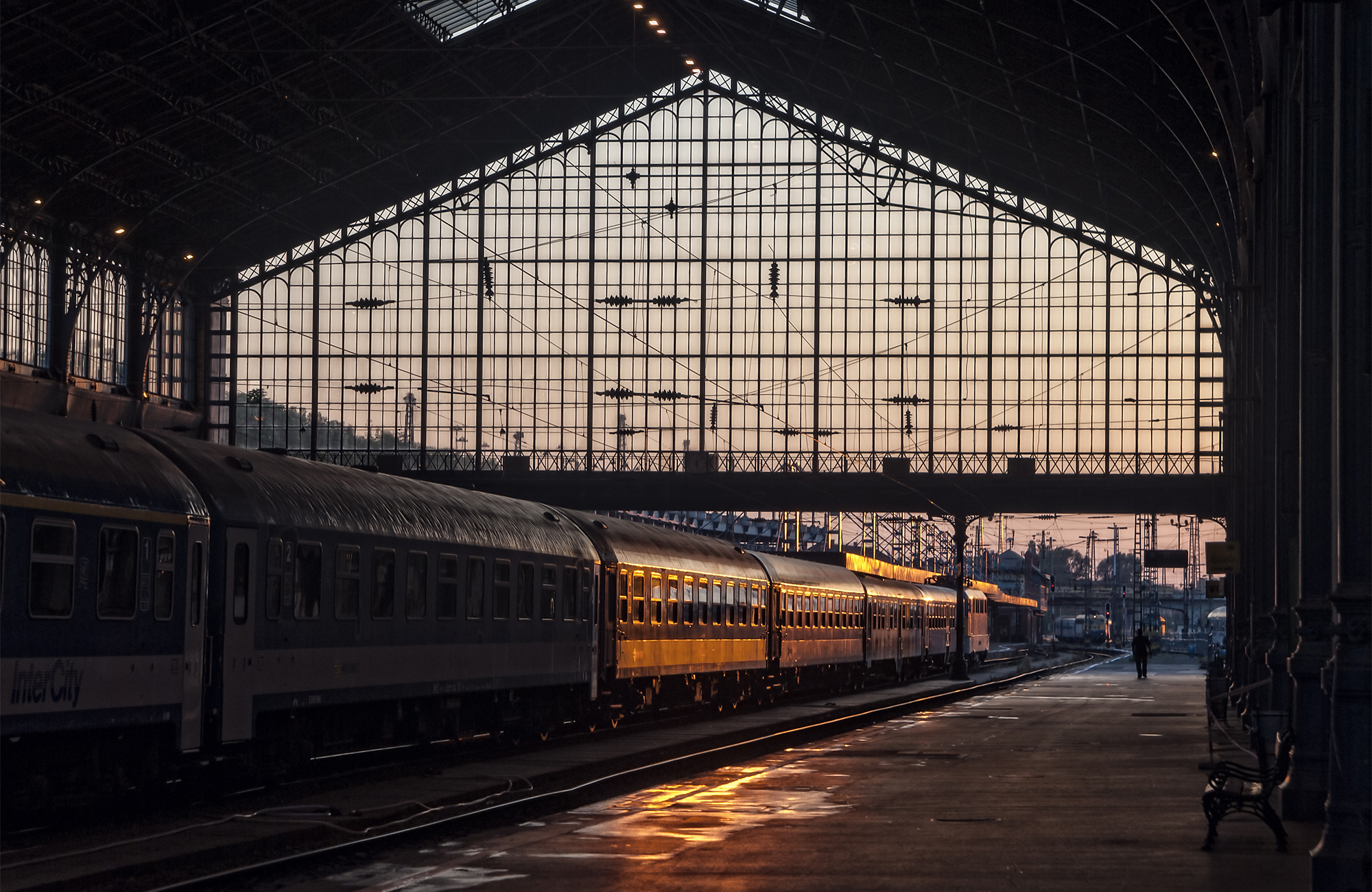Europe is a continent that never really goes out of fashion. Even though it feels very familiar in many ways, it still has plenty to offer: Trekking in the Scottish Highlands? Sunbathing in Sicily? Sightseeing in Paris? Maybe even a train journey through Eastern Europe. Europe is so full of cultural attractions and charming cities that huge numbers of travellers from around the world are attracted here every year. For European backpackers this exciting continent is in our own "back garden", but don’t underestimate a travel experience that doesn’t just feel like a normal holiday.
Cities and beaches in Europe
Europe is synonymous with both large cities and fantastic beaches. London, Paris, Rome, Berlin, Milan, Barcelona, Madrid, Lisbon, Prague, Moscow, and Vienna are of course the most obvious among the many exciting cities the continent can offer. If you get tired of city life then there are the beautiful beaches of Italy's Amalfi coast, the French Riviera, the Balearic Islands of Spain, or the heavenly beaches of Greece and Cyprus.
Other attractions in Europe
The beaches and cities are just some of the more obvious attractions that Europe has to offer. If you are looking for something completely different then there is always the midnight sun in northern Norway, hiking in the Austrian Alps, wine tasting in France, or exploring the Camino, or pilgrims walk, in Spain? No, then how about the volcanoes and hot springs in Iceland or the October Fest in Munich? Let us not forget the fantastic skiing and culinary experiences that Europe has to offer. Europe is without a doubt a very diverse continent!
Alternative Eastern Europe
If one takes a trip to Eastern Europe, it's almost guaranteed that you'll meet loads of people and visit places, totally different from the Europe that first springs to mind. An area that is both exciting and beautiful is Eastern Europe; whether it is one of the old cities of the Baltic and the archipelagos in the Croatian Adriatic, this area offers affordable experiences that can be both luxurious, historical or adventurous!
Education and study trips in Europe
Did you know that KILROY can also help organise your study tour in Europe? Learn more about how we can plan your study trip with the right academic content and interesting study visits in the city of your choice.



